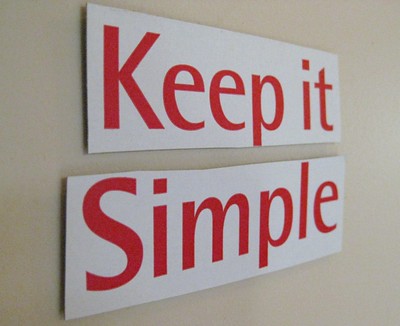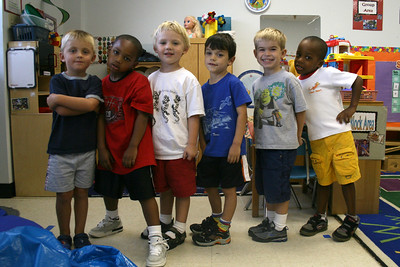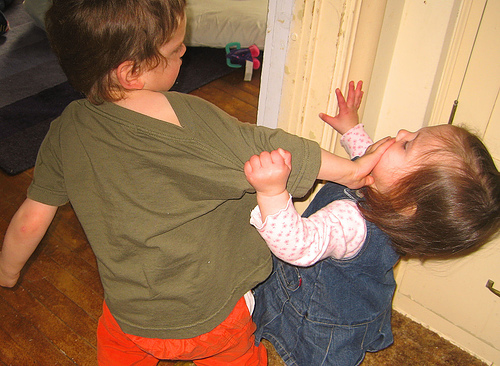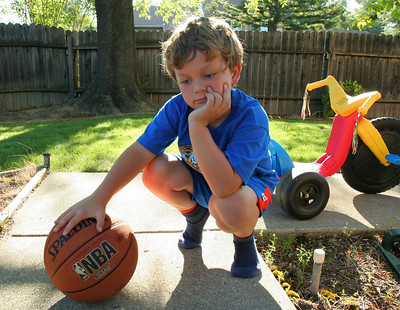People are born with certain temperaments. These temperaments do not necessarily define the person. And we can all be helped in stretching ourselves beyond our own boundaries. Not to be as rigid as we might like.
Some are introverts. Some are extroverts. And everything in between. One definition of an introvert is a person who uses or loses energy around a group of people. And one definition of an extrovert is a person who gets energy out of groups of people.
Every human being can function well within a variety of situations. Most people fall somewhere in the middle of this introversion-extroversion spectrum. Preferred activity types can be indicators of a child's temperament. Very introverted children who have not practiced social skills can be quiet and withdrawn. These children need to be encouraged to learn to enjoy social movement and to be healthy in that way. Very extroverted children need to learn that there are times when being alone is necessary and good. Socially active children need to learn quieter activities such as reading and drawing. Socially withdrawn children need to learn more social activities such as conversation and play.













 Have you ever wondered how to teach your child to follow directions without it turning into a power struggle? The key is to focus on following directions as a skill that children can learn gradually in the same fun ways that they can learn their colors or to tie their shoes.
Have you ever wondered how to teach your child to follow directions without it turning into a power struggle? The key is to focus on following directions as a skill that children can learn gradually in the same fun ways that they can learn their colors or to tie their shoes.